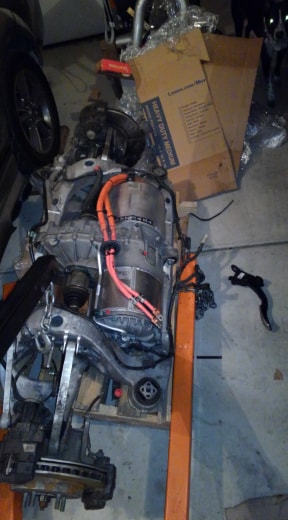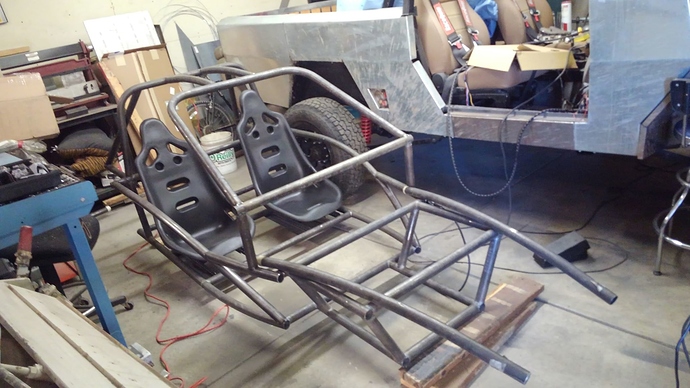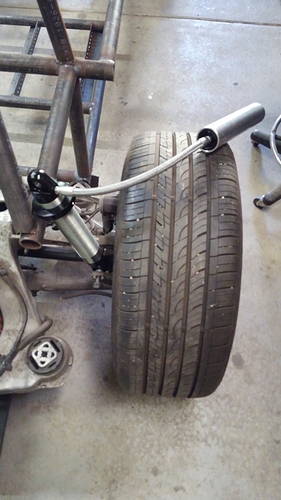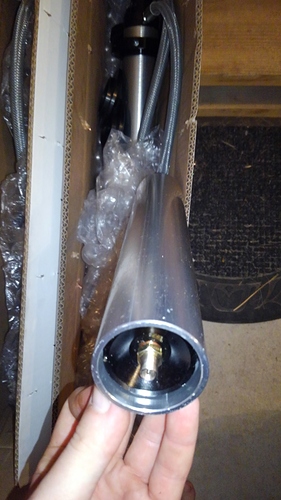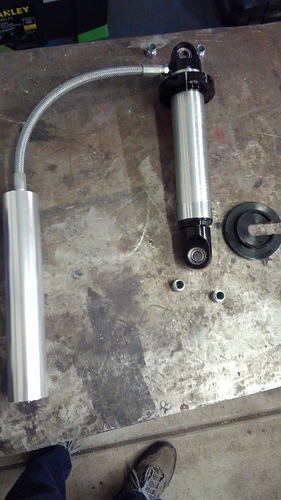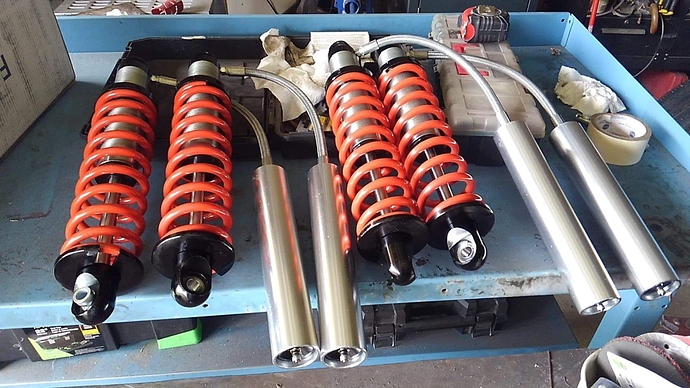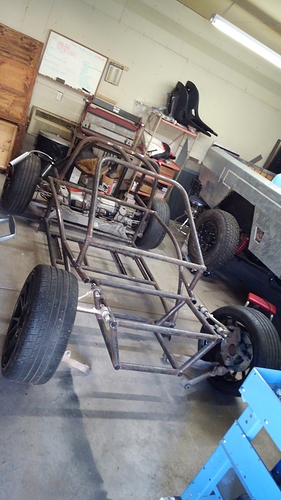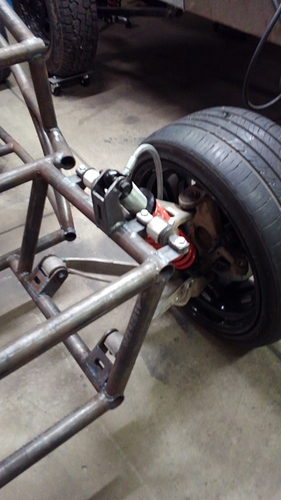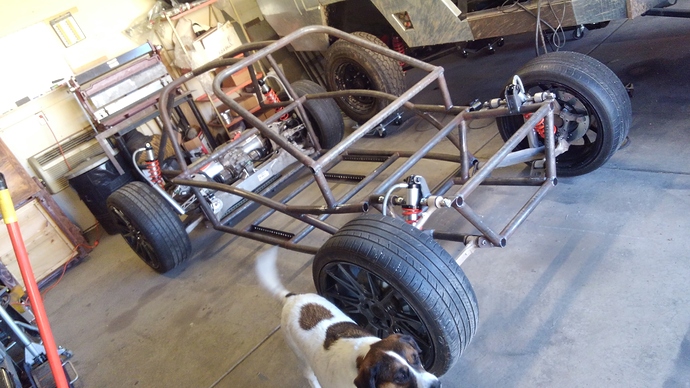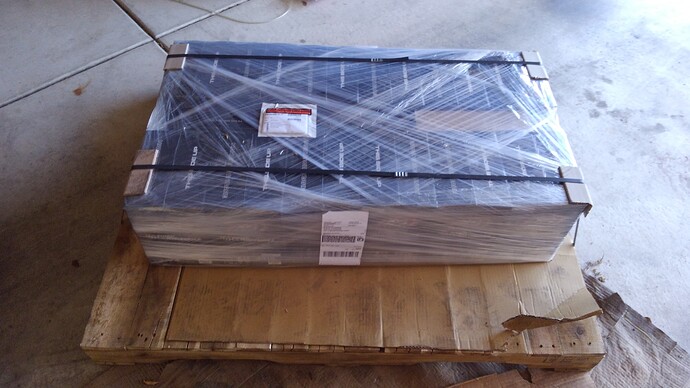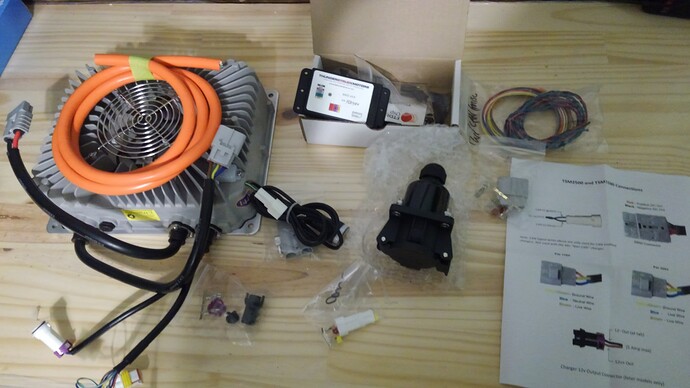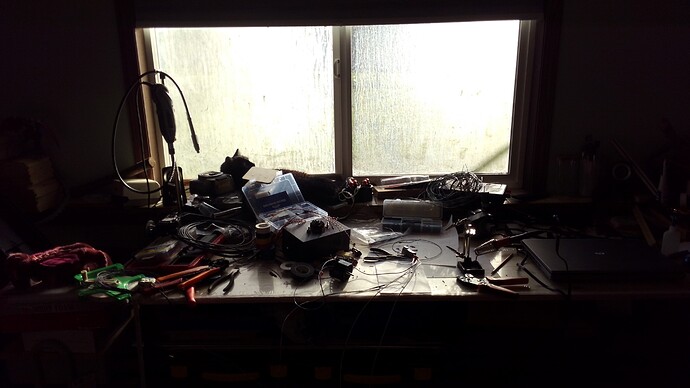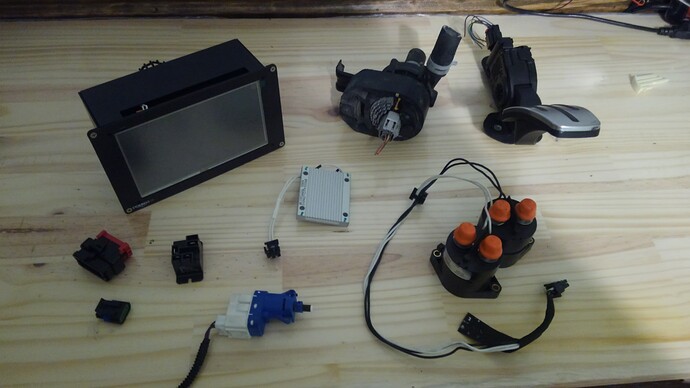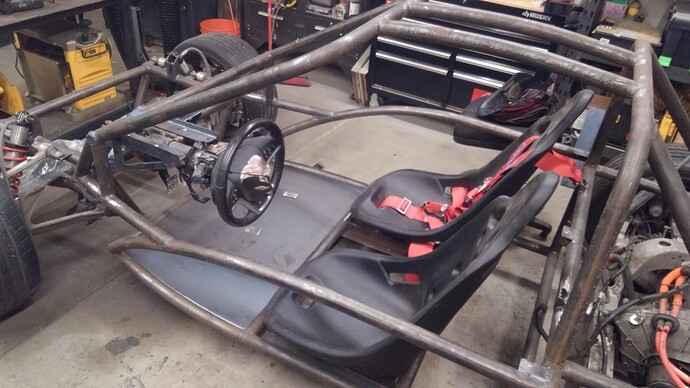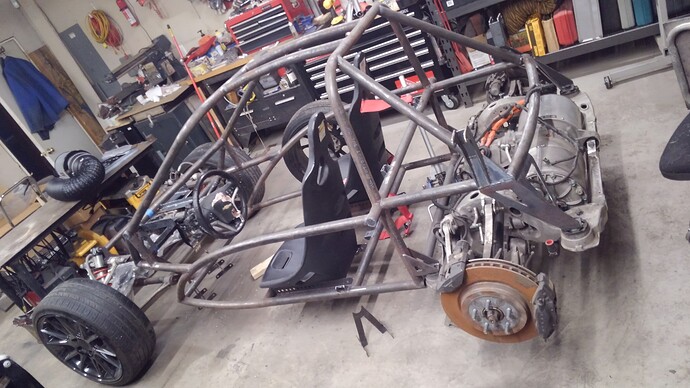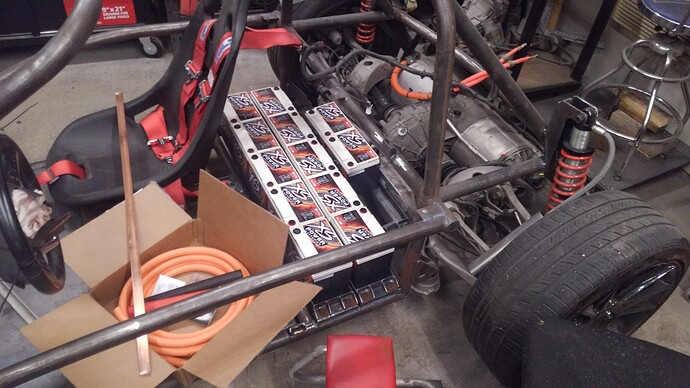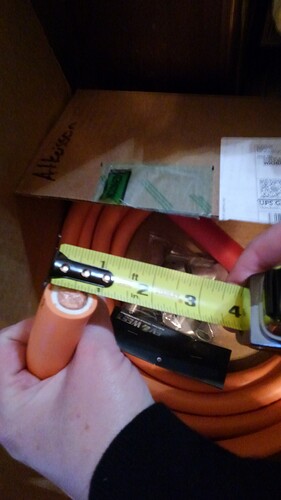Thought I would post a personal project on here and see how things go.
Well, I’ve taken the plunge into building an electric roadster. I’m not sure how quick my progress will be on this one, but it sounds like there are a lot of people interested in how this build progresses, so I’ll try to post as I make some major milestones. I had a time line of getting this rolling under it’s own power by mid April of 2019, but at this point it would be healthier for me to work on this as my spare time permits.
There’s been a lot of research into everything for this project, and well, there’s still a lot to research, but it looks like there is a growing community out there that has figured out how to drop the drivetrain from a tesla into pretty much anything.
So… let’s see if I can shove the drive train from a Tesla Model S P85+ into a home brew roadster.
As it turns out, the motor is the smallest headache in an electric car build… battery packs, controllers, and battery management systems have been a bit daunting to research. There are options out there, but you have to read into each one to see which one will really work out best.
The Motor
I looked at the motors used in golf carts for a while. There are some pretty beefy ones out there designed for 1000 lb golf carts (plus the weight of occupants plus golf clubs). Those motors are ridiculously fast for go-kart builds, but the max RPMs top out pretty low and are not designed to handle thousands of miles of abuse. So then I started looking at just buying a new setup for a Nissan Leaf (they have some decent performance numbers) from a dealership… the only problem is that the inverter is only available thru the service desk (so you need a wrecked Leaf to get one). There are other companies that make inverters and controllers for them, but then I stumbled into an interesting issue.
When you do a search for Nissan Leaf motors and for Tesla motors, they end up coming out to about the same price used, but the Tesla motors have an advantage. The tesla drive unit comes with the inverter attached to the motor assembly! The Tesla also took care of another issue - the transmission - which is something I would have had to jimmy rig together if I had gone the golf cart route. So, after a few nights of searching, I managed to find a deal on ebay for a Tesla P85+ drive train. At this point, I was tired of trying to figure out how to bodge things together, and well, ended up talking the guy into sending the rest of the rear suspension with the motor… CV joints, upper and lower control arms, wheel hubs, wiring… and the P85+'s 15in rotors with dual brake callipers.
Controller
That’s something I’m still researching but I’ve got a couple options I’m looking at.
Opt. 1 - a ready to run system from EV-Controls.com - it takes care of all the computing to handle that Tesla motor and puts all the read outs on a nice little touchscreen. Their staff is very helpful and easy to get a hold of… the only problem is the controller would cost about the same amount as the motor.
Opt. 2 - a DIY controller board from EVBMW.com - it works, it’s about the same price as the controller for a 3D printer, it’s not as fancy, and doesn’t come with a display, but it can be plugged into a laptop for a real time readout, it’s OPEN SOURCE, but I would have to solder a lot of SMD components myself. …also, the guy charges for each question you ask him…
I haven’t figured out which way I’ll go yet, but I’m leaning towards Opt. 2 and learning how to solder SMD components. This tech is at the early adopter stage of development (kind of like the rep rap movement in the late '00s) - both companies have boards that work, but once a large enough group gets a hold of the boards, I can see the technology advancing by leaps and bounds.
Batteries
-ugh- This is the real headache of electric cars and I still haven’t picked one out.
So why not just use car batteries? - they aren’t very power dense. a 44 lb D34 Yellow Top Optima battery (a pretty high end lead acid battery) can provide 0.66 kwh at 12v, meanwhile a 70 lb Tesla cell can 6 kwh at 24v… if my math is right, that means the Tesla cell has more than 10x the capacity of a high end lead acid battery.
Still, there is a mountain of options out there. Tesla has some amazing battery packs, but they’re expensive and I would need 16 for a 400v P85+ driveunit. Or I could use a Nissan Leaf battery system, but those are not as power dense and tend to lose capacity quicker. Or I could make my own battery, but that would mean knowing what I’m doing while trying not accidentally stick a fork in the proverbial socket. OR I could drop in a liquid cooled battery out of a Chevy Volt which is a popular choice for conversions AND I can get the Volt sells brand new but they’re not as easy to tuck in where ever you want on a small car. Then there is LG Chem with a 64v pack that matches the power density of the Chevy Volt and is a bit more modular, but the only way to get them is in used condition from a powerwall… There is a lot to consider when building a huge battery pack and it seems like each one has it’s pros and cons, but I think I’m getting close to a point where I can sit down with ye olde decision matrix and weigh the options.
I’m open to advice if anyone else has dealt with this stuff before.
Until next time, happy making!
